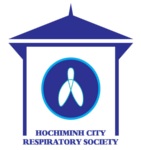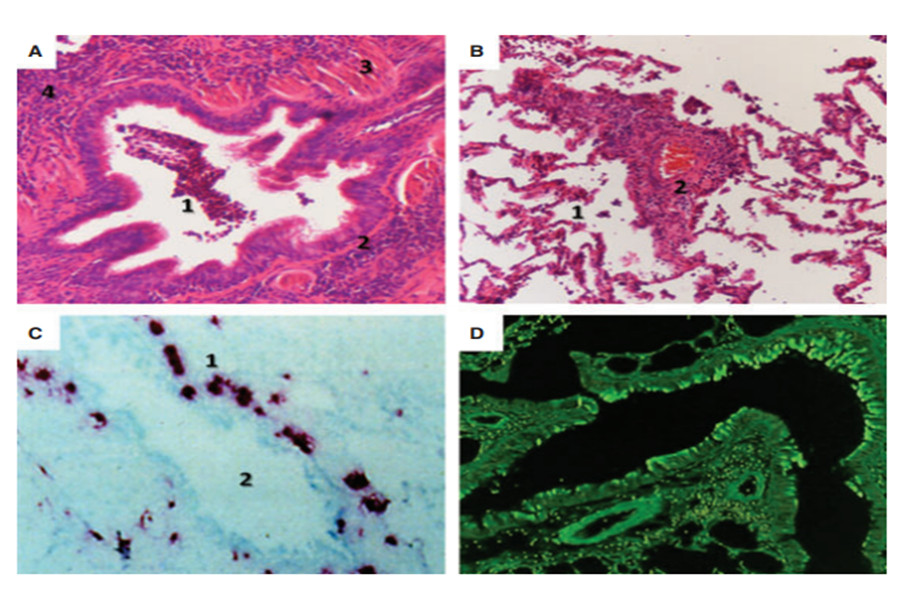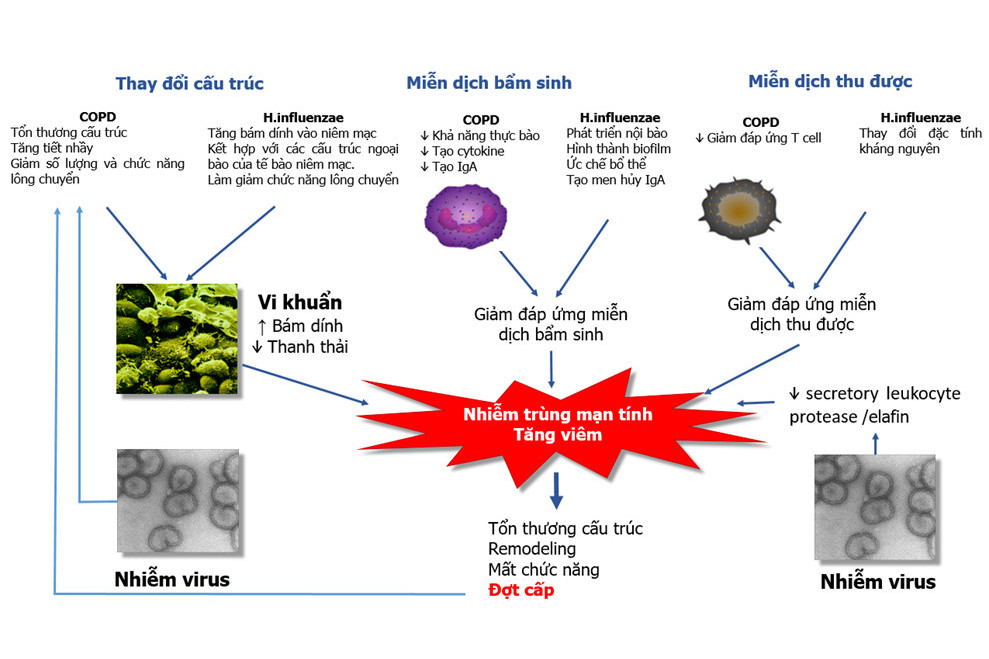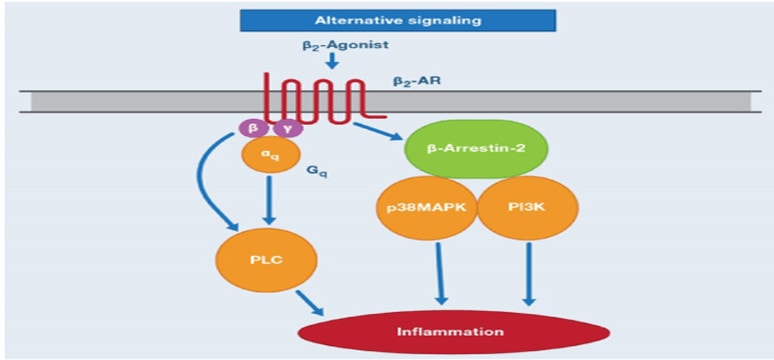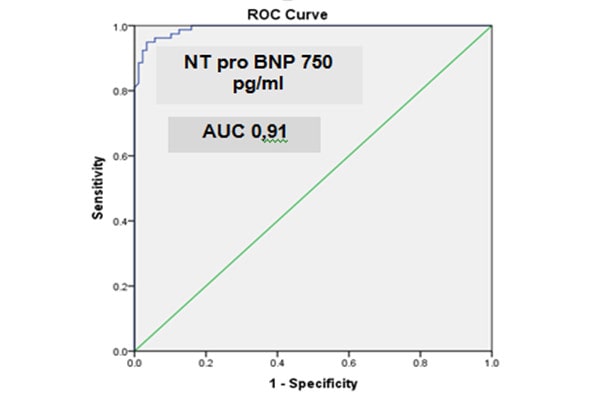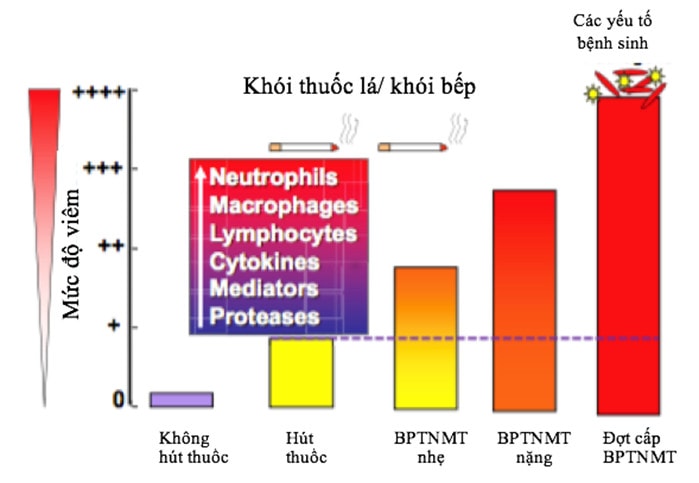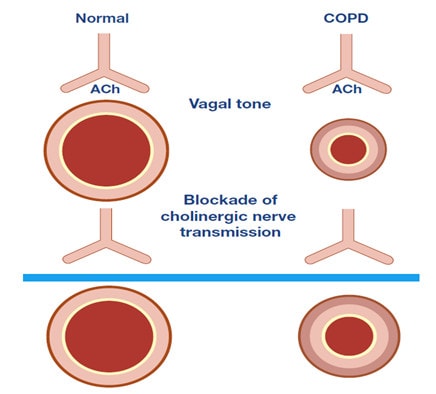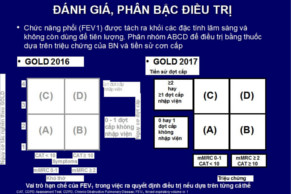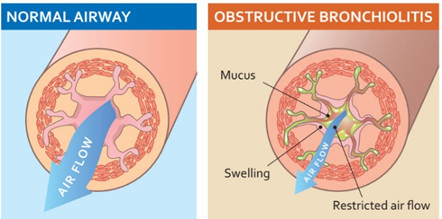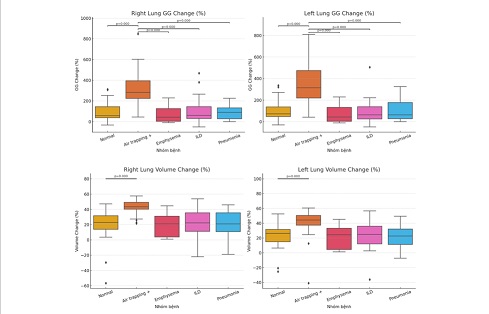- Chi tiết
-
Được đăng: 03 Tháng 3 2016
Background
Epicardial adipose tissue (EAT) has been shown to be a non-invasive marker that predicts the progression of cardiovascular disease (CVD). It has been reported that the EAT volume is increased in patients with chronic obstructive pulmonary disease (COPD). However, little is known about which phenotypes of COPD are associated with increased EAT.
Methods
One hundred and eighty smokers who were referred to the clinic were consecutively enrolled. A chest CT was used for the quantification of the emphysematous lesions, airway lesions, and EAT. These lesions were assessed as the percentage of low attenuation volume (LAV%), the square root of airway wall area of a hypothetical airway with an internal perimeter of 10 mm ( Aaw at Pi10) and the EAT area, respectively. The same measurements were made on 225 Vietnamese COPD patients to replicate the results.
Results
Twenty-six of the referred patients did not have COPD, while 105 were diagnosed as having COPD based on a FEV 1 /FVC<0.70. The EAT area was significantly associated with age, BMI, FEV 1 (%predicted), FEV 1 /FVC, self-reported hypertension, self-reported CVD, statin use, LAV%, and Aaw at Pi10 in COPD patients. The multiple regression analyses showed that only BMI, self-reported CVD and Aaw at Pi10 were independently associated with the EAT area (R 2 = 0.51, p<0.0001). These results were replicated in the Vietnamese population.
Conclusions
The EAT area is independently associated with airway wall thickness. Because EAT is also an independent predictor of CVD risk, these data suggest a mechanistic link between the airway predominant form of COPD and CVD.

